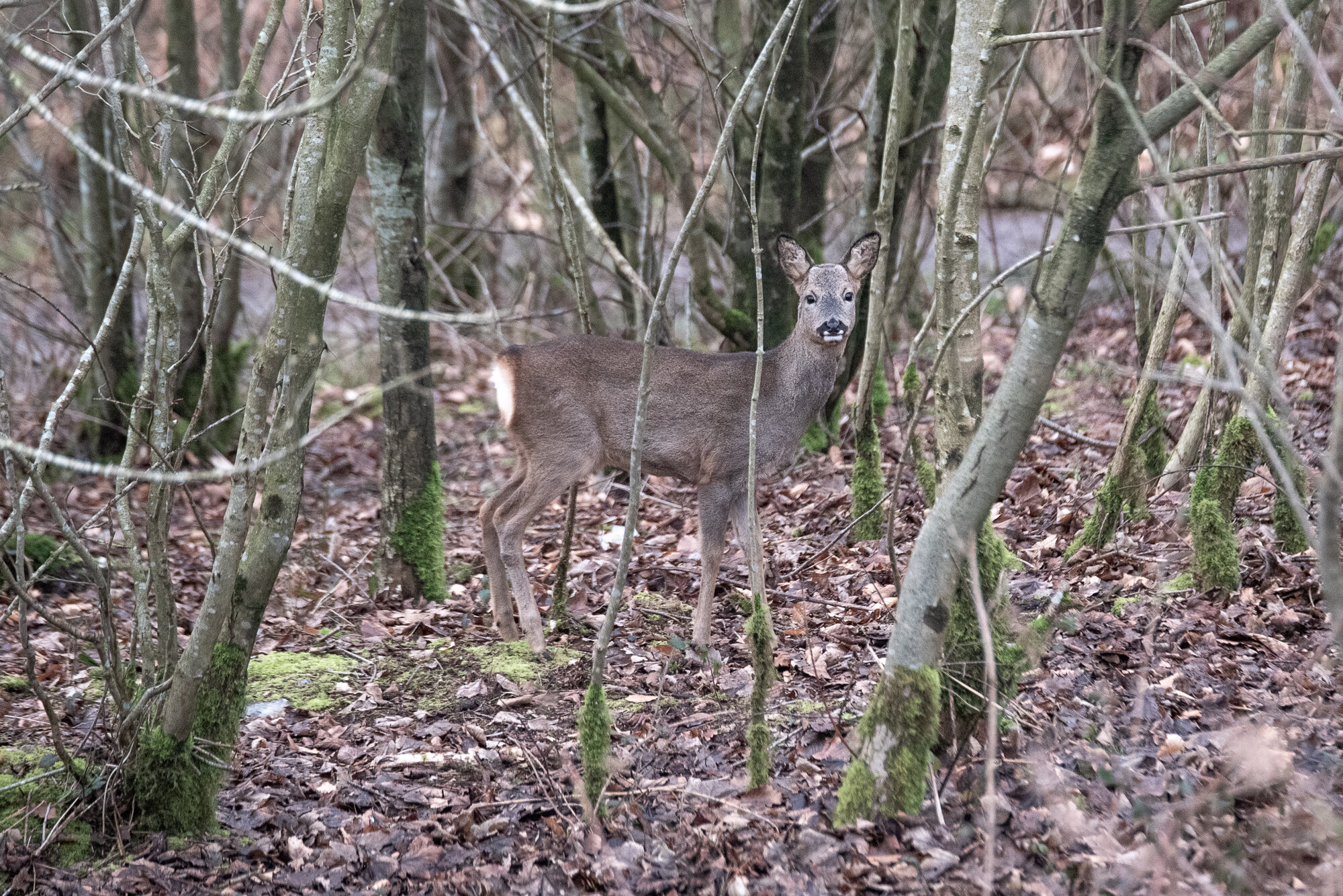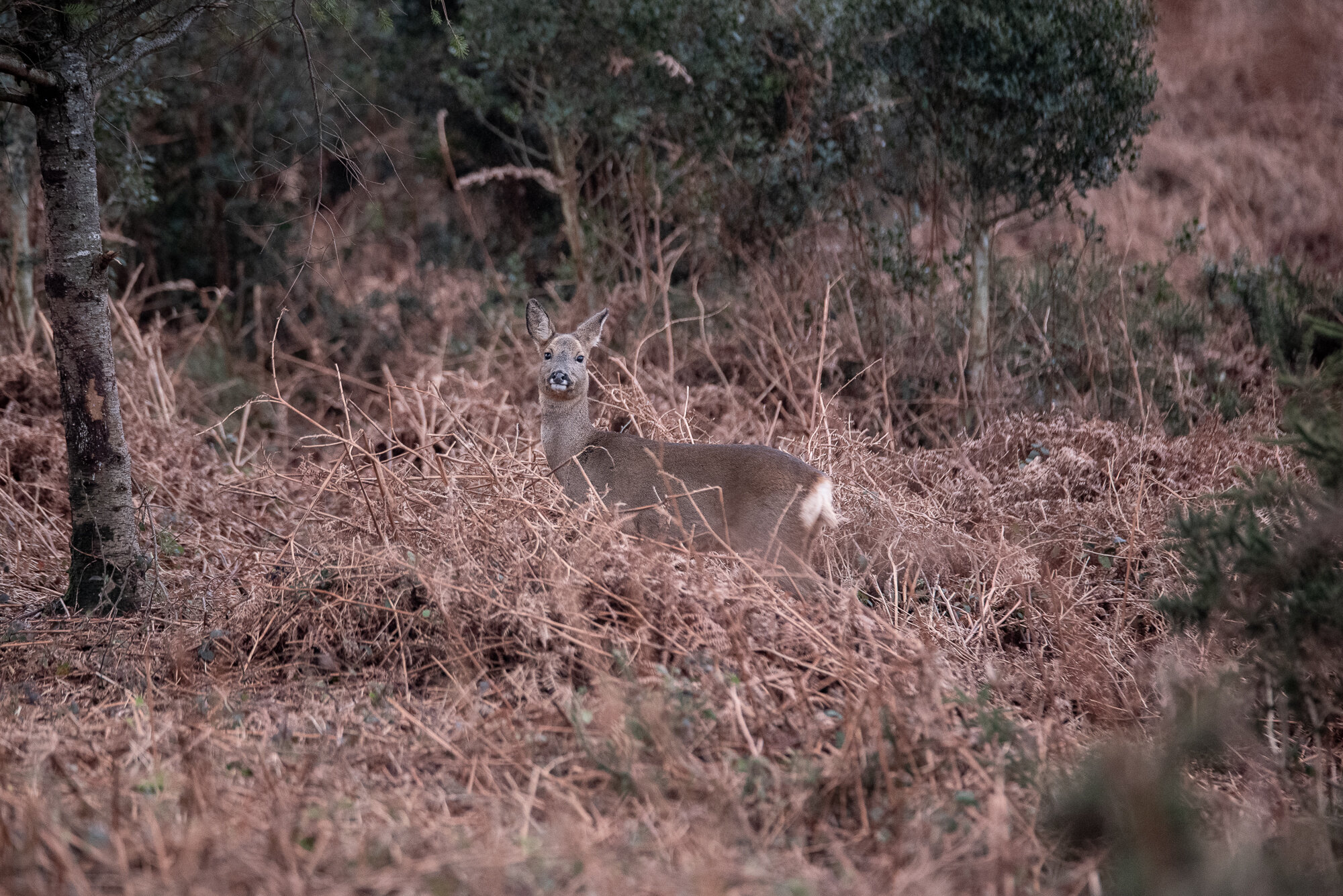Episode 4: Tom Munro @ Black Down, Dorset AONB
“Part of rewilding is about reconceptualising our place in the world as part of that natural system, and behaving with the forces of nature rather than trying to fight against them”
Tom Munro - with the patchwork fields and rolling hills of the Dorset AONB in the distance (Taken on a Mamiya 120 film camera)
I have known Tom for best part of the last 14 years since he first started to work for the Dorset AONB team when I was with the Jurassic Coast World Heritage Site. Tom took over the running of the team after a couple of years and had great success with a very wide range of projects, including the pathfinding Wild Purbeck initiative and the Land Stone and Bone South Dorset Ridgeway project.
Tom’s approach to his job is practical, pragmatic and always in partnership with others. He has a stewardship role over a wide area of one of the most beautiful and naturally important parts of England, and works to ensure that its ‘special qualities’ (a technical term) are maintained or improved.
This can involve direct and practical conservation projects, projects to engage with the public and projects behind the scenes to mitigate impact of planning decisions. The recently designated “Super National Nature Reserve” in Purbeck has quietly come out of the Wild Purbeck work led by the Dorset AONB team in partnership with many other organisations.
But at his core I think Tom is happiest out in the AONB, amongst the wildlife, walking through the woods or heathlands such as at Black Down where we met for his interview, and which is the subject of the photos below. I am grateful to Tom for his time and knowledge, and for introducing me to Cerne Abbas Ale.
My podcast including my interview with Tom can be found by pressing play here, or at the link below. The photos are best seen in the context of the audio.
Black Down
Belted Galloway on the heath with old growth hawthorn behind
Black Down is a relatively small area of heathland in Dorset which until about 10 years ago was commercial forestry; see map at the end. The purchase of the land by Dorset Council has led to the opportunity for some gains for nature, as well as a source of biomass fuel. The heathland - which some might argue is not in itself a natural ecosystem - is defined by poor acid soils on which, naturally, certain species will thrive. These include heathers (e.g. Calluna vulgaris) and gorse (including Ulex gallii) and generally some older thorny trees such as hawthorn - often heavily adorned with lichens and holly.
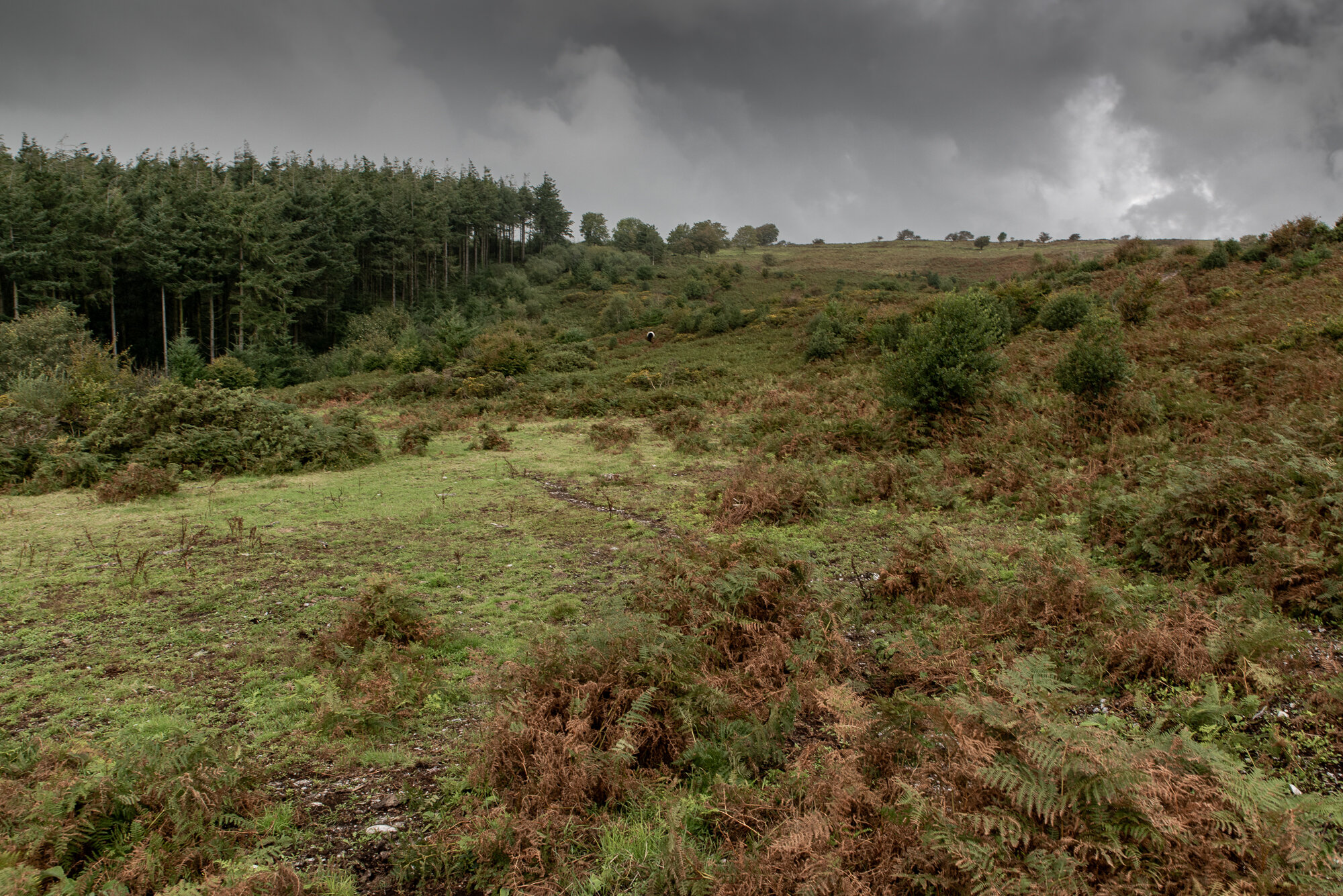
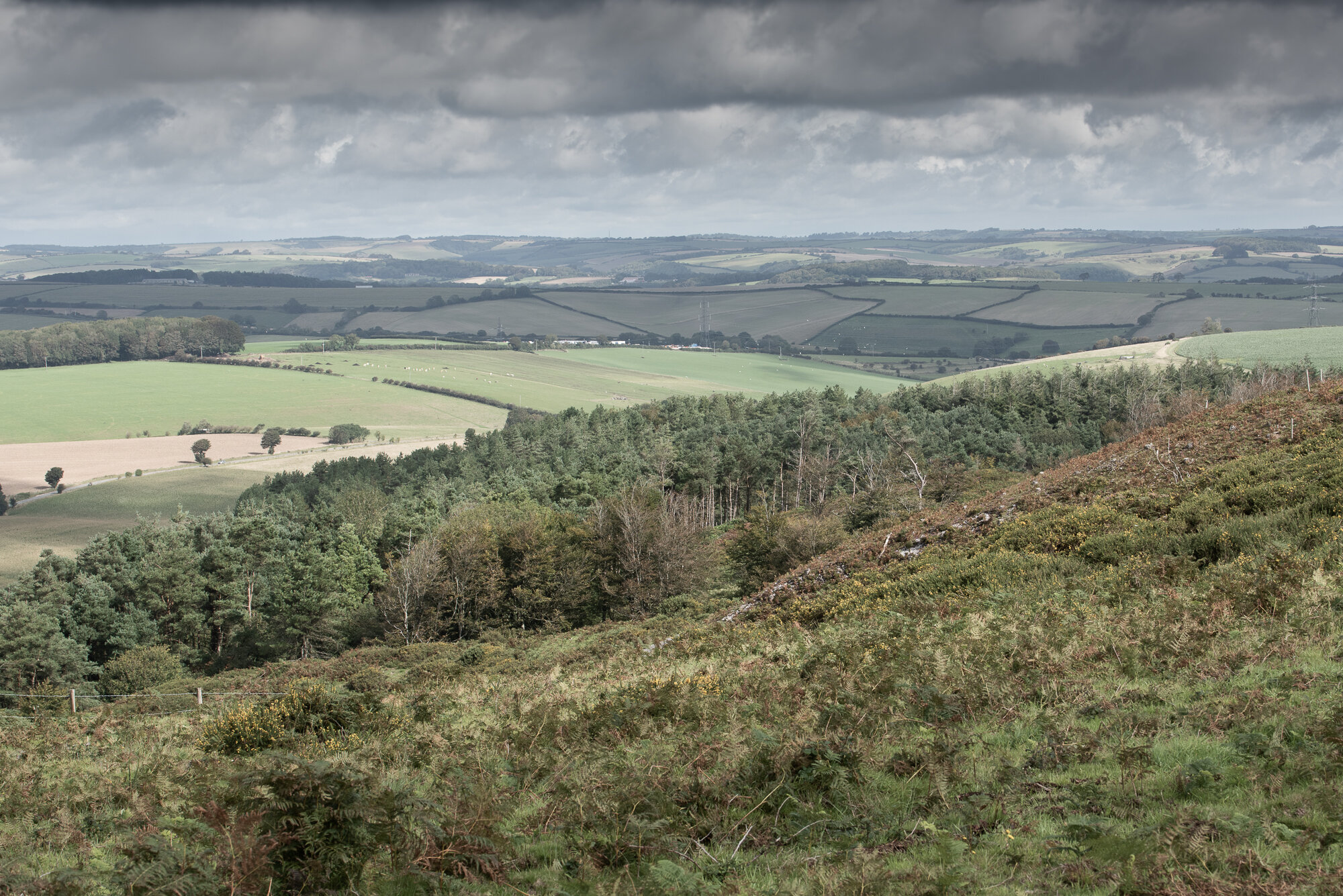
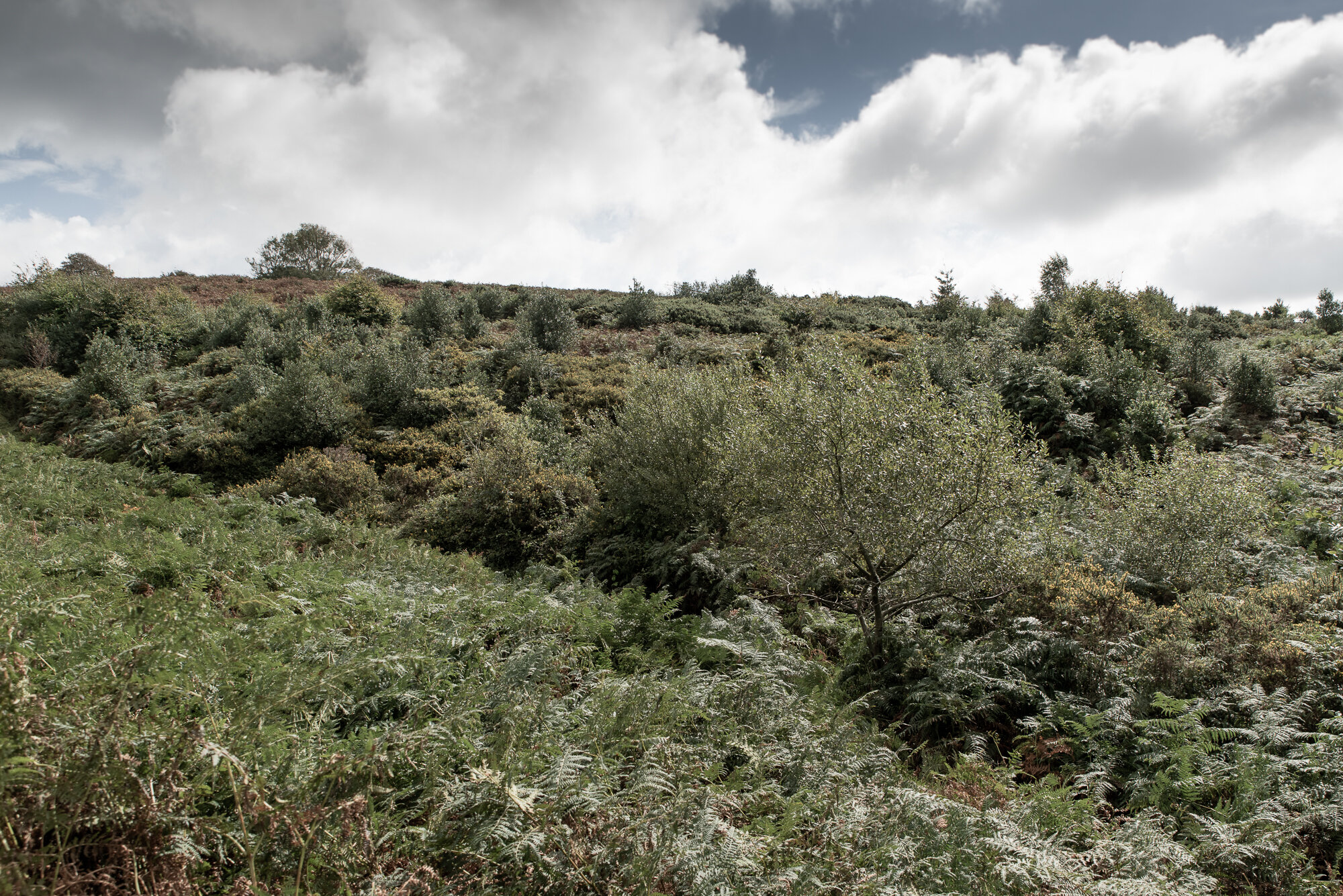
The three photos below are of plant species found on Blackdown, and deliberately overexposed to highlight the importance of what are sometime seen as common and ordinary plants, but which in fact play a very important role for biodiversity.
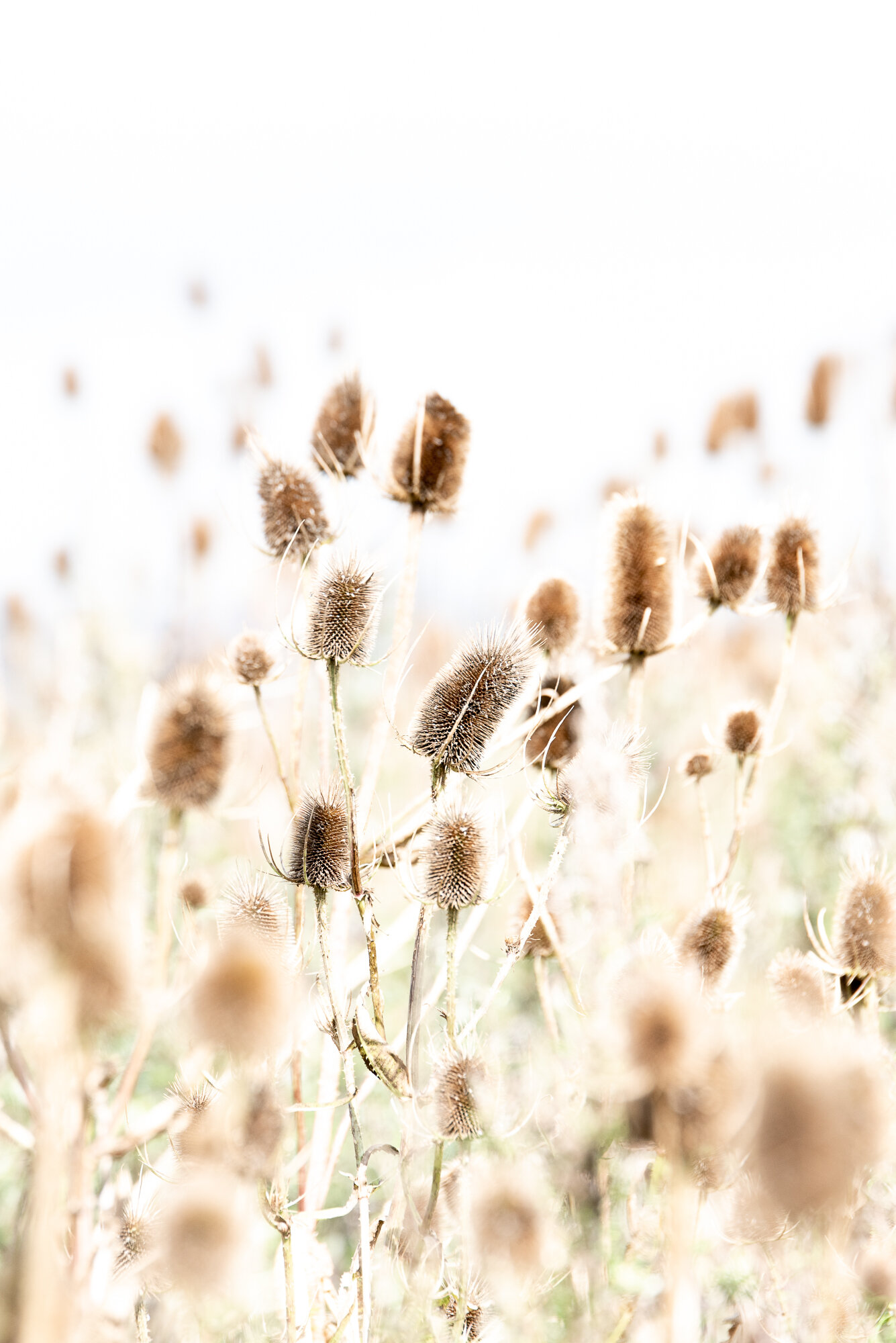
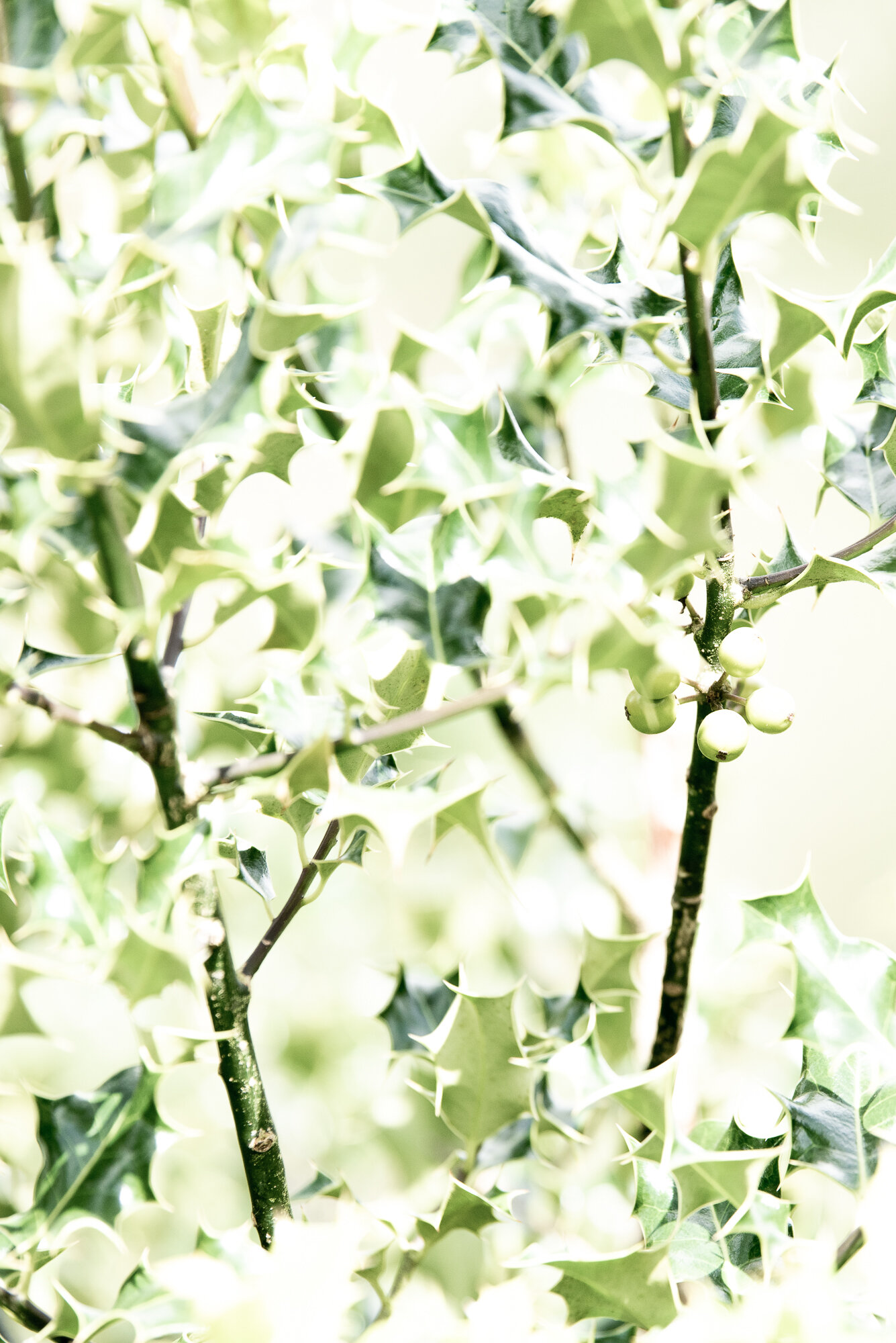
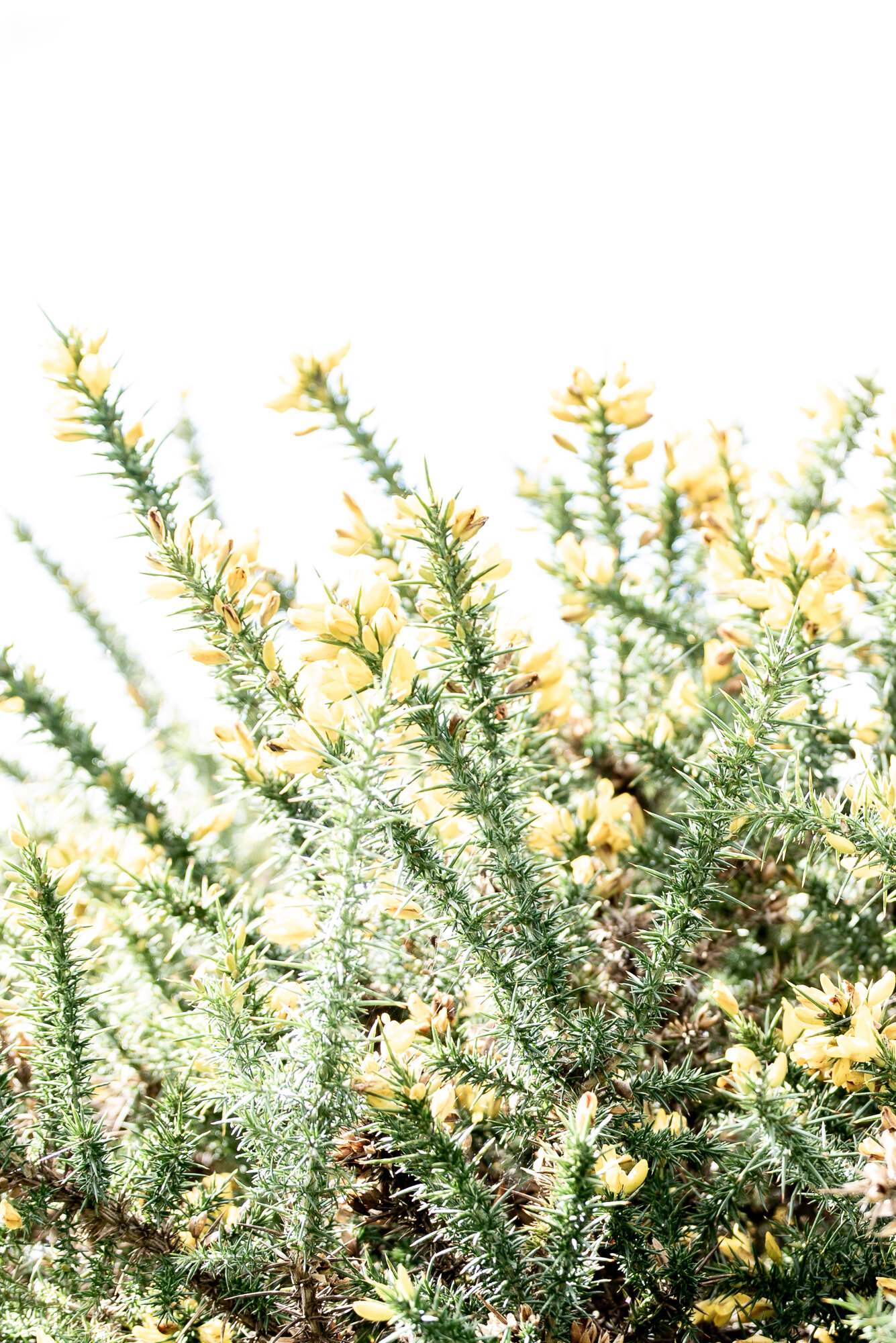
Teasels are fantastic sources of food for birds, notably Goldfinches, which are abundant at Black Down
Gorse provides ideal protection for nesting birds, and nectar for pollinators, and is the principle scrub plant on Black Down
Holly provides shelter and a welcome source of food for birds in winter. Interestingly the tree in the photo has rarer green berries
As at Trelowarren, the heathland restoration has started by the felling of the commercial forestry and the introduction of herbivores. More on the cows below, but since the process has started there are notable gains for biodiversity in the area, including the return of nightjars and plant species such as bilberry (Vaccinium myrtilus) which I used to pick in the North York Moors as a kid.
A young growth Bilberry plant - please give it a couple of years before coming to pick the berries…
Ecosystem Engineers
“Wilding or rewilding is a process rather than an endpoint ... you can rewild your approach to ... managing your garden”
The engineers of choice at Black Down are Belted Galloway cattle, a hardy breed, although not as hardy as the English Longhorns that we will meet at Knepp or the Heck cattle favoured by Derek Gow - see episodes to follow. The ‘Belties’ are allowed free rein over a large area, bounded by fences and cattle grids, but tend to stick as to certain paths and favoured areas. They quite enjoy the road and often attract the attention of passing drivers who think they should be safely tucked away behind a fence.
The grazing and trampling has a beneficial effect on the biodiversity by reducing the prevalence of invasive and high fertility dominant species, thus allowing the low fertility specialists of the heathland - such as the bilberry - to expand. Trampling also helps to kill the bracken which is very invasive and can dominate potentially species rich areas.
Apart from testing and some winter supplements they are largely left to their own devices until they are ready to be sold as meat; at Black Down the cattle are part of a productive system, unlike Trelowarren where the ponies are purely used for improving nature. Tom raised a good point in the interview that linking interested individuals with the places being wilded can lead to a form of Community Supported Wilding as opposed to Community Supported Agriculture. It is worth looking at Heal Rewilding, who are adopting an inclusive approach similar to this.
“Community Supported Wilding: you heard it here first”
The other engineers on Black Down are people and Roe deer. I don’t have any photos of the direct involvement of people for now, although that may change and I will add to this page as and when. Tom also talks eloquently in the interview about the disconnect between people and nature, something also touched on by Ferrers Vyvyan, and which I will come to in later work.
The Roe deer, however, are very much in evidence as on my last visit, I quietly stumbled across three young females in their winter coat, beautifully camouflaged against the younger native trees, and also against the bracken. They were scared off by several horse riders but before this seemed relatively unbothered by my presence.
Significantly, deer are wild species, and so do not have to be tagged, tested, or have their carcasses disposed of; unlike the cattle. They love areas such as Black Down because of the mosaic of landscape offers a variety of food, shelter and protection. We have lost more and more of these more natural habitats over the last 70 years and it is great to see places like Black Down where a natural mosaic is re-emerging.
“Humans are part of nature, and part of the problems we have found ourselves with today is that humans have completely separated ourselves from nature. So we’re emotionally disconnected from it ... also conceptionally disconnected from it, or see ourselves as the controller of it ... and we’re not.”
Mosaic and scale
Tom talked about the importance of both having a mosaic of landscapes and scale. Whilst he says - and many others agree - that it is possible to use a rewilding approach in your garden, to achieve significant change that is good for biodiversity, ecosystem services (such as flood prevention) and the climate is only possible with large scale. This approach will by its nature lead to a more heterogeneous landscape, with more niche spaces, more opportunities for the trophic levels that nature needs to take root.
For those of us used to the green fields of England, we no longer have a concept of the scale needed for this process to really work, too much of our landscape is humanised, and it is only when we go to the ‘wilder’ areas of Wales, Scotland or some parts of our National Parks, that we start to feel the concept of scale and our teeny tiny role in it. The quote from Tom above is so relevant as it is only when we feel more ‘out of control’ or out of our comfort zones that we can start to feel again that we are part of something bigger.
Drone footage to follow.
Natural Beauty
“Beauty is in the eye of the beholder, and our response to what is there is the way we judge beauty”
In the podcast you will hear Tom talk about the concept of natural beauty. This is a complex subject which will be revisited, but his views is that it is not just about aesthetic beauty but the beauty of nature at a more elemental level - of all aspects of our natural world.
The ‘green and pleasant land’ patchwork of fields that we are used to in our landscape are not natural, but they succumb to an expected norm of beauty. Alternatively the scruffy, frowsy nature of the scrubland is beautiful in terms of what lives there, what uses the space ad how it fits into the wider landscape mosaic. ‘Rewilded’ areas often do not confirm the chocolate box aesthetic and this needs to be considered when promoting rewilding to a wider audience.
Natural beauty? Discuss….
I hope you like the photos and the interview. My thanks to Tom, and to you for listening and looking - please sign up to my email list here, and add a comment below if you wish. You can find out more about Blackdown here.
If there are any terms that you don’t understand, please do look at the FAQs and links or drop me a note and ask.






